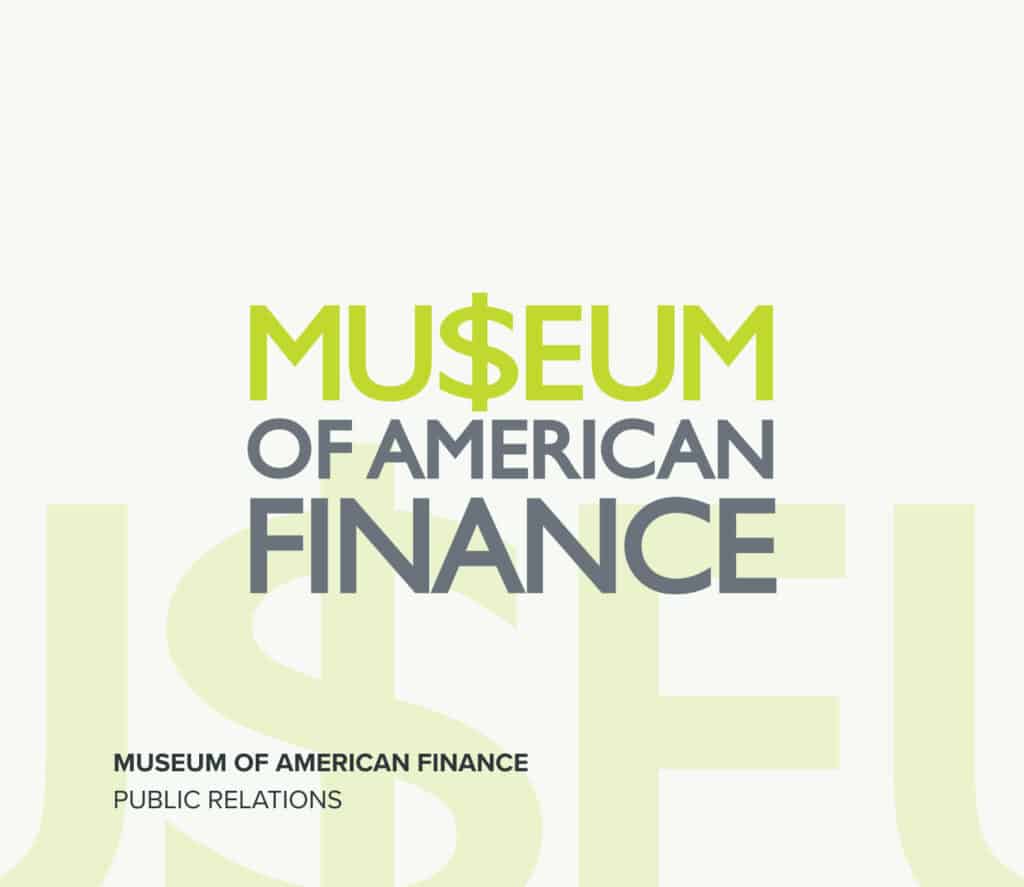Previously published on August 15, 2022 in
By Milton Ezrati, Chief Economist at Vested
The latest small easing of inflationary pressure may be welcome, but it does not relieve policymakers, especially at the Federal Reserve (Fed) of the need to continue anti-inflation efforts. They have begun the effort. To make credit less attractive and so deny inflation monetary support, they have raised short-term interest rates almost 2 full percentage points. They have also reversed their long-standing quantitative easing program. Instead of buying bonds to inject money into the financial system, as they had been doing, they are now withdrawing some of those monies by selling from that hoard of bonds. The Fed has promised to do more of both until inflation comes under control.
Because each step in the process makes recession more likely, the question now is whether the Fed has the starch to do what is necessary. Public confidence in the Fed’s ability and willingness to take the necessary steps is as important to success as actually taking those steps. If people lose confidence that the Fed can and will do what is necessary, they will come to expect inflation and alter their behavior accordingly. As the experience of the last great inflation in the 1970s and 1980s showed, such a response will make it that much harder to bring inflation under control. For today’s effort, the Fed’s tardy response to early signs of inflation last year has already eroded weakened public confidence. More aggressive policy moves now have done something to recover that loss, but only partly.
If the Fed had acted promptly when the inflation problem first became evident in spring 2021, it would now be in a much better position. It would not only have a year of counter-inflationary action behind it, but it would also be riding a wave of confidence that would keep inflationary expectations at bay. But that is not what happened. Instead, Fed Chairman Powell (as well as many in the administration) insisted throughout 2021, even as price pressures persisted, that the trend was “transitory.” Perhaps initially, this dismissive approach had some reason behind it. The economic situation – a recovery from pandemic lockdowns and quarantines – was novel. Supply-chain problems obscured the underlying situation. At the same time, the Fed surely could see, as many warned at the time, that years of near-zero interest rate policies and waves of quantitative easing were financing huge government deficits with new money, a digital version of financing government with the printing press and a classic prescription for inflation. Yet the Fed continued along the same easy monetary policy lines until March 2022.
Last year, as inflation rose from annual rates of 5% toward 8% and more, Chairman Powell insisted in front of Congress and the public that the price pressure would soon abate. Even as 17 of the 24 major subsections of the consumer price index – two thirds of them — rose at rates far above the Fed’s informal 2% inflation target, Powell argued that it was just a few, supply-constrained areas that were dragging the overall inflation indices upward. Treasury Secretary Janet Yellen echoed Powell. Even President Biden, as late as last fall, claimed that the recent surge was “expected” and is expected to abate. His claim that all was expected was suspect even at the time, because no such inflation surge appeared in either earlier Fed forecasts or the White House’s own budget. Chairman Powell only “retired” the word “transitory” early this year. The White House continues to lay the blame on special circumstances and not an underlying problem.
Almost a year of such gaslighting – intentional or otherwise – seriously undermined public confidence in both the ability and the willingness of policy makers to deal with the unfolding inflationary problem. Though Fed’s new forcefulness has helped restore some confidence, it would help still more if the Fed were to rescind a recent and confusing policy adoption. Back in 2020, before the pandemic began to dominate all thinking, Fed policymakers rejected their previous insistence on setting policy according to the ongoing rate of inflation. Instead, they decided to look at inflation over an average of several years. The approach, called “flexible average inflation targeting” (FAIT) allowed the Fed to delay its response to rising inflation until an average of several years exceeded the 2% target. This line of thinking may explain why the Fed took so long to respond to things as they unfolded last year.
Even if FAIT was not at fault for the Fed’s tardiness, it would help build confidence now if the Fed were to disavow it along with anything that might allow it to waver in its anti-inflation job. It would help calm inflationary expectations still more if the Fed were to publicly acknowledge the inflationary effect of past policies. The Fed could reassure the public in at least two ways were it to state that it had been inflationary to use new money, as it did in the last few years, to buy some $5 trillion in new government debt.
Such a confession would reassure the public that monetary policymakers had no intention of returning to such practices. By also by putting politicians on notice that they would have no such financial help in the future, it might also offer hope of more fiscal discipline and that the economy would not have to deal with the kinds of irresponsible budgeting that it is now apparent so contributed to today’s inflation.
Even under the best of circumstances, the Fed has a tough job ahead of it. The failures of 2021 and the FAIT rule make that job even harder. Now, even as the Fed takes strenuous anti-inflationary policy measures, it is equally important to reassure the American public that it knows what it needs to do has the will to take the necessary steps. Chairman Powell is beginning to show that he has that level of determination, but because of the legacy of last year’s antics doubts remain. Those doubts will rise again as the negative economic effects of ant-inflationary monetary policies become more evident and the Fed comes under political pressure to change course. Hopefully, the Fed will pass this test better than the one it failed in 2021.



